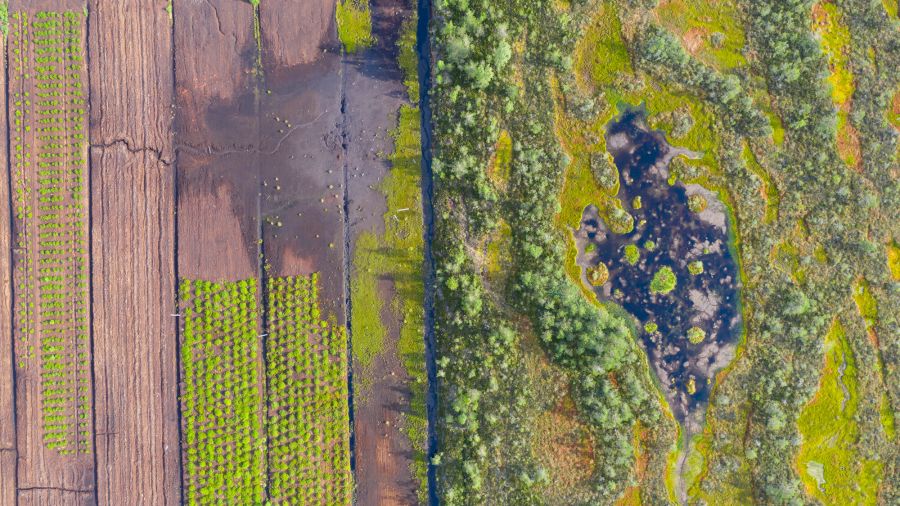Page content
Impact
Research from Ulster University (UU) has changed the way that public sector agencies, advisory services and farmers identify diffuse phosphorus pollution pressures on agricultural land in Ireland. Identifying these areas is essential for water management in farmed landscapes. Our innovative approach, which uses geographical information system (GIS)-based tools to detect hotspots of potential pollution within individual farm-fields, has been adopted in both Irish jurisdictions (north and south).
This is regarded as a novel and important development for water management, implemented into new farm plans by 1,091 farmers in Northern Ireland and operationalised into a public sector tool for use across all farms (approximately 137,000) in the Republic of Ireland.

Eutrophication of freshwater bodies caused by phosphorus (P) loss from agricultural land continues to be a major environmental problem in Northern Ireland and the Republic of Ireland. Agricultural soils are implicated as one of the main P pressures on freshwater quality, but identification of specific P hotspots on farms and in river catchments has been a major challenge. This is because P hotspots occur when high soil P concentrations that are easily mobilised coincide with hydrologically sensitive areas that are prone to surface runoff. These ‘critical source areas’ (CSA) are diffuse across the landscape but mostly occur at or within individual farm fields. This is a scale where the conditions are difficult to predict due to small field sizes and the influences of micro-topography.
However, the individual field is a meaningful scale for farmers to understand the nature of the soil P pressure. Furthermore, developing a tool that can accurately predict where these CSAs are at this small scale is seen as essential to increase farmer participation in managing this problem. It is also the correct scale for farm advisors to engage and advise farmers on a one-to-one basis, and for public sector organisations such as the Department of Agriculture, Environment and Rural Affairs (DAERA) in Northern Ireland and the Irish Environmental Protection Agency (EPA) to target and manage problem areas at regional and national scales.

- Letter from the Deputy Secretary (Environment, Marine and Fisheries Group) Department of Agriculture, Environmental and Rural Affairs, Northern Ireland
- Report “Behavioural impacts of Northern Ireland’s Funded Soil Sampling and Training Evaluation report” prepared for the Department of Agriculture, Environment and Rural Affairs, Northern Ireland. Okumah et al. (2019) – section 3.2.7
- Letter from the Senior Policy Officer Ulster Farmers’ Union, Northern Ireland
- Letter from the lead of the Catchment Science and Management Unit, Environmental Protection Agency, Republic of Ireland
- Letter from ASSAP Programme Manager, Teagasc (Agriculture and Food Development Authority) Republic of Ireland
- Email from individual farmer in the Republic of Ireland on the benefits for his farm water management planning and practice of utilising the EPA-produced risk map.
- Letter from the Chair of the Irish Farmers’ Association Environment and Rural Affairs Committee



















